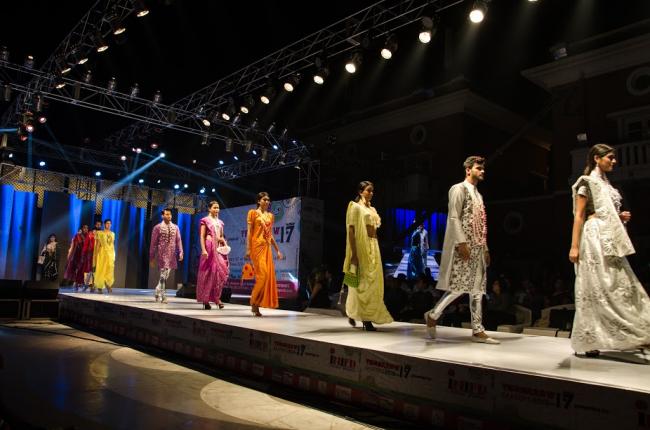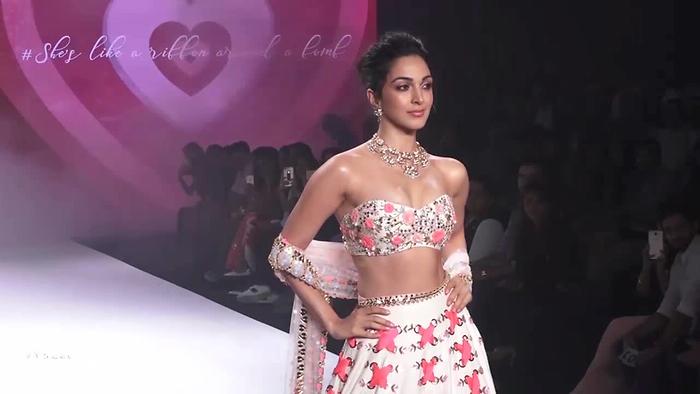

Models on the runway at São Paulo Fashion Week, 2017 In recent years, fashion shows have become increasingly elaborate for many of the top labels, including sprawling sets that often come with higher costs. Lately from the 2000s to today, fashion shows are usually also filmed and appear on specially assigned television channels or even in documentaries. In response to these shows, the New York shows were centralized in Bryant Park during fashion week in late 1993. After several mishaps during shows in small, unsafe locations, "he general sentiment was, 'We love fashion but we don't want to die for it,'" recalls Fern Mallis, then executive director of the Council of Fashion Designers of America. In the early 1990s, however, many in the fashion world began to rethink this strategy. In the 1970s and 1980s, American designers began to hold their own fashion shows in private spaces apart from such retailers. Įxample of an elaborate stage set used for the Chanel Haute Couture Fall-Winter 2011 show These shows enjoyed huge popularity through mid-century, sometimes attracting thousands of customers and gawkers. Often, these shows were theatrical, presented with narratives, and organized around a theme (e.g. īy the 1920s, retailers across the United States held fashion shows. European fashion houses would actively seek out buyers in the United States, specifically in larger cities, by hosting these runway shows. Runway shows were often held in department stores or hotels when they first began. These occurrences took place twice annually, specifically for fashion houses to plan for and promote their lines to foreign buyers. As the popularity for these formal presentations expanded, it was in 1918 when fashion houses established fixed dates for runway shows to occur. These events showed couture gowns from Paris or the store's copies of them they aimed to demonstrate the owners' good taste and capture the attention of female shoppers. By 1910, large department stores such as Wanamaker's in New York City and Philadelphia were also staging fashion shows. The first American fashion show likely took place in 1903 in the New York City store of the Ehrlich Brothers. American retailers imported the concept of the fashion show in the early 1900s. One of the most notable designers of this concept, Charles Fredrick Worth, gained traction by displaying clothes on actual people instead of mannequins. Īt the turn of the 19th century, exclusive fashion houses in Europe, distinctly Paris and London, were using formal presentations to showcase their latest line to clientele.

In the 1800s, "fashion parades" periodically took place in Paris couture salons. Paris fashion and runway at the turn of the centuryīecause "the topic of fashion shows remains to find its historian", the earliest history of fashion shows remains obscure. A wide range of contemporary designers tend to produce their shows as theatrical productions with elaborate sets and added elements such as live music or a variety of technological components like holograms, for example. Occasionally, fashion shows take the form of installations, where the models are static, standing or sitting in a constructed environment.

It is then up to the audience to not only try to understand what the designer is trying to say, but to also visually deconstruct each outfit and try to appreciate the detail and craftsmanship of every single piece. The order in which each model walks out, wearing a specific outfit, is usually planned in accordance with the statement that the designer wants to make about their collection. Clothing is illuminated on the catwalk using various forms of lighting and special effects. In a typical fashion show, models walk the catwalk dressed in the clothing created by the designer. In order to attend an after-party, you must also have a special invitation. After some Fashion shows most of them are followed with an after-party in which designers can communicate informally with clients, partners, and friends. The Milan, London and Berlin fashion weeks are also of global importance. The two most influential fashion weeks are Paris Fashion Week and New York Fashion Week, which are both semiannual events. This is where the latest fashion trends are made. Fashion shows debut every season, particularly the Spring/Summer and Fall/Winter seasons. Models moving in opposite directions stop to pose on the runway at a fashion show in Canada, 2014Ī fashion show ( French défilé de mode) is an event put on by a fashion designer to showcase their upcoming line of clothing and/or accessories during Fashion Week.


 0 kommentar(er)
0 kommentar(er)
